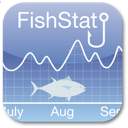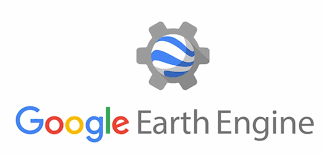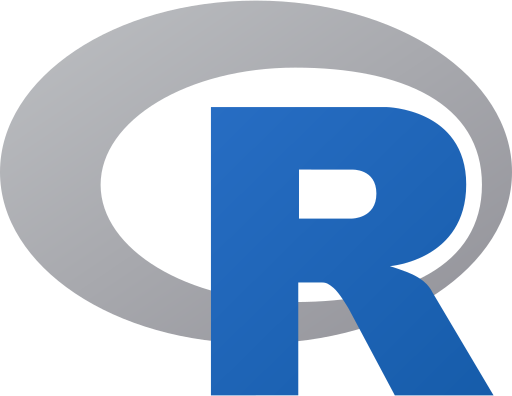software
Type of resources
Available actions
Topics
Keywords
Contact for the resource
Provided by
Years
Representation types
Scale
Resolution
-

Quonops Online Services provide noise monitoring and prediction tools. In a similar manner to weather forecasting systems, Quonops© produces an estimate of the spatio-temporal distribution of noise levels generated by human activities at sea, aggregating multiple sources, and assessing short-, mid- and long-term source contributions to the global noise field. The outputs from Quonops© are tailored to the requirements of existing and emerging national and international regulations regarding: - Underwater noise. - The conservation of habitats and marine ecosystems. - The protection of marine species. Such tools aim to support management decisions by assessing, quantifying and prioritizing direct and indirect anthropogenic pressures on marine life, according to regulations on underwater noise, especially the descriptor 11 of the European Marine Strategy Framework Directive.
-
Sediment Profile Images (SPIs) are commonly used to map physical, biological and chemical/nutrient gradients in benthic habitats. SpiArcBase is a software that has been developed for the analysis of Sediment Profile Images (SPIs). It has been conceived to improve the objectivity of extracted information (especially the apparent Redox Potential Discontinuity (aRPD). The software presents a graphical user interface designed to enhance the interpretation of features observed on SPIs in an objective manner and to facilitate image management and structures visualization via a data base.The software also allows for the storage of generated data and the automatic computation of a benthic habitat quality index. The facilities provided within JERICONext include access to the software through free downloading and assistance in its utilization.
-

FishStatJ is a Windows and Mac application that anyone can use to access FAO’s Fisheries and Aquaculture statistics. They include datasets on production, trade and consumption. Data can be extracted and aggregated according to different level of details and international standard classifications. It consists of a main application and several workspaces that include the datasets.
-

The availability of user-friendly, high-resolution global environmental datasets is crucial for bioclimatic modelling. For terrestrial environments, WorldClim has served this purpose since 2005, but equivalent marine data only became available in 2012, with pioneer initiatives like Bio-ORACLE providing data layers for several ecologically relevant variables. Currently, the available marine data packages have not yet been updated to the most recent Intergovernmental Panel on Climate Change (IPCC) predictions nor to present times, and are mostly restricted to the top surface layer of the oceans, precluding the modelling of a large fraction of the benthic diversity that inhabits deeper habitats. To address this gap, we present a significant update of Bio-ORACLE for new future climate scenarios, present-day conditions and benthic layers (near sea bottom). The reliability of data layers was assessed using a cross-validation framework against in situ quality-controlled data. This test showed a generally good agreement between our data layers and the global climatic patterns. We also provide a package of functions in the R software environment (sdmpredictors) to facilitate listing, extraction and management of data layers and allow easy integration with the available pipelines for bioclimatic modelling.
-

Google Earth Engine combines a multi-petabyte catalog of satellite imagery and geospatial datasets with planetary-scale analysis capabilities. Scientists, researchers, and developers use Earth Engine to detect changes, map trends, and quantify differences on the Earth's surface. Earth Engine is now available for commercial use, and remains free for academic and research use.
-

Accredited through the MEDIN partnership, and core-funded by the Department for the Environment, Food and Rural Affairs (Defra) and the Scottish Government, DASSH provides tools and services for the long-term curation, management and publication of marine species and habitats data, within the UK and internationally. Working closely with partners and data providers we are committed to the FAIR Data Principles, to make marine biodiversity data Findable, Accessible, Interoperable and Reusable. DASSH is a flagship initiative of the Marine Biological Association (MBA), and builds on the MBA's historic role in marine science. Through partnerships with other UK and European data centres DASSH contributes to data portals including the NBN Atlas, EMODnet, EurOBIS and GBIF. Fill out a form into the website to generate monthly lifeform abundances from the selected dataset.
-

rgbif is an R package from rOpenSci that allows searching and retrieving data from GBIF. rgbif wraps R code around the GBIF API to allow you to talk to GBIF from R and access metadata, species names, and occurrences. rgbif allows you to easily: - get data for single occurrences - retrieve multiple occurences - search for taxon names - generate maps of occurences
-

The EuroMapApp task of the AtlantOS project aims to integrate Europe’s existing and future bathymetric data sets from the Atlantic Ocean into a seamless whole and put these results into a widely accessible format allowing immediate visualization of the seafloor for the specialist and non-specialist user alike. The partner institutions are GEOMAR, Ifremer, NIOZ, and NERC-BODC.
-

The mission for this tool, as well as its overriding goal, is "Solving problems in capture fisheries and aquaculture using GIS, remote sensing and mapping". Specifically, the objectives of GISFish are to: - Improve the sustainability of aquaculture and capture fisheries by promoting the use of GIS, remote sensing and mapping; - Facilitate the use of GIS, remote sensing, and mapping through easy access to comprehensive information on applications and training opportunities. The Fisheries and Aquaculture Management Division at FAO is actively promoting the use of spatial analytical tools and geo-referenced information for the analysis of Fisheries and Aquaculture data and in the development of Fisheries and Aquaculture management. GISFish is a "one stop" site from which to obtain the global experience on Geographic Information Systems (GIS), Remote Sensing and Mapping as applied to Fisheries and Aquaculture. GISFish sets out the issues in Fisheries and Aquaculture, and demonstrates the benefits of using GIS, remote sensing and mapping to resolve them. The global experience provided by GISFish is captured in Issues, Publications, Activities, Training, Data and Tools, Contacts,Discussions, News and events. GISFish is broadly divided into two domains, GISFish Aquaculture and GISFish Capture Fisheries with a wide range of material and information that is shared between the two domains to address the role of GIS to support the Ecosystem Approach to Fisheries (EAF) and the Ecosystem Approach to Aquaculture (EAF).
 Catalogue PIGMA
Catalogue PIGMA